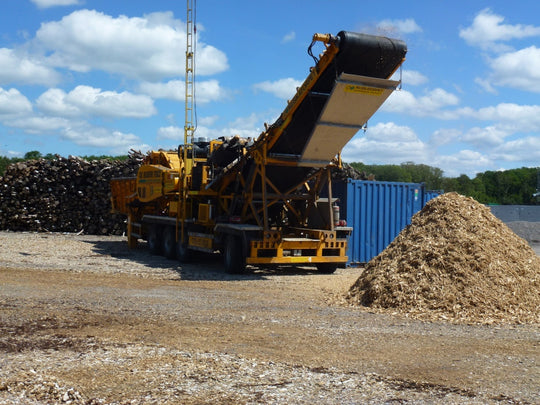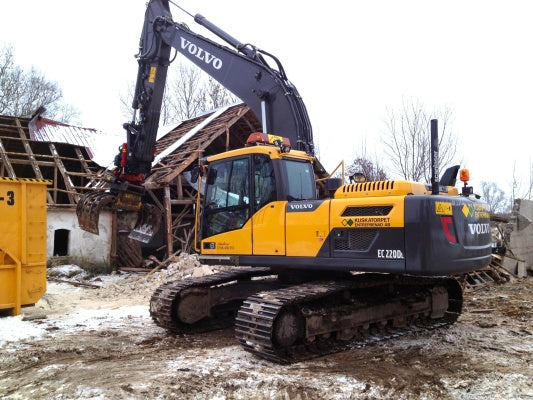Construction Recycling Services for Eco-Friendly Building in Halmstad
Construction Recycling Services for Eco-Friendly Building in Halmstad
Blog Article
Structure spend has traditionally been one of many biggest contributors to environmental pollution. Resources such as cement, asphalt, wood, and metals usually end up in landfills, ultimately causing reference depletion and environmental degradation. But, Halmstad has appeared as a leader in addressing that substantial concern by leveraging innovative construction recycling halmstad (byggåtervinning halmstad) technologies that aim to convert the way in which construction spend is managed.
Recycling Structure Spend: The Modern Strategy
Halmstad's force toward sustainable structure techniques has taken middle point in new years. Sophisticated technologies are being applied to address the considerable spend produced by structure activities, selling equally environmental advantages and source efficiency.

One significant advancement is the rise of AI-driven selecting systems, creating a more streamlined method for splitting up resources like concrete, wood, and metals. These high-tech methods use receptors and machine understanding calculations to identify recyclable products with exceptional detail, reducing contamination levels and increasing recycling prices significantly.
Another significant innovation is mobile recycling devices, which carry waste control features right to construction sites. These lightweight systems allow materials to be grouped, smashed, and refined on-site, eliminating the need for waste transport and reducing CO2 emissions.
Round Economy in Activity
Central to Halmstad's success is its commitment to producing a circular economy in the construction industry. Traditional waste administration methods often include linear operations, where materials are removed after having a single-use cycle. However, with recycling engineering breakthroughs and better reference recovery techniques, many sources once considered waste are now reintegrated as natural products for new structure projects.
For example, cement waste is significantly being prepared into aggregates which are reusable in path construction or foundational levels of new buildings. Additionally, reclaimed wood from demolition sites has been handled and repurposed for furniture crafting or architectural reintegration. Metals, which are generally energy-intensive and costly to get, are now being channelled back to generation rounds without dropping their properties.

The Road Ahead
While Halmstad's achievements level significant progress, the trail to fully sustainable structure spend administration stays ongoing. Problems such as for instance plan stance, community understanding, and scaling of systems however involve attention. But, with continued creativity and the use of data-driven recycling methods, Halmstad is setting a standard for towns globally to follow.
Ultimately, the innovations in waste recycling technology reveal a broader tendency of sustainability getting important to both large-scale structure procedures and regional metropolitan development strategies. This progress not just reduces environmental damage but additionally assures that assets are employed more proficiently, safeguarding them for future generations. Report this page